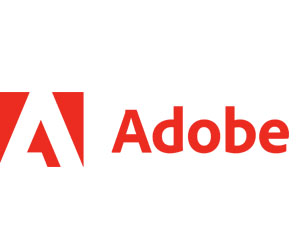Firefly is integrated into Adobe’s commercial and professional tools, including Adobe Photoshop and Illustrator, as well as easy design tools such as cloud-based Adobe Express. For colleges and universities, that makes generative AI capabilities readily available and ensures that students are learning on the tools they’ll use in their professional lives.
“By incorporating Firefly into our tools, we’re opening this up for every person to have that much more power over telling their own story,” Johnsrud says. “If a student has a great idea for a project, a hobby or even a business, they don’t have to wait to become a professional designer to bring it to life.”
Next Steps for Planning to Incorporate Creative Generative AI
For universities looking to see campus and student outcomes as a result of a creative generative AI toolset, Johnsrud offers some practical guidance.
“Administrators know that this technology is not going away,” he says, “but neither is the fact that creative thinking is the most in-demand skill for job seekers today. So, we partner with campuses to think about how the curricula and the overall campus experience can give students more practice in creative thinking and sample projects or portfolios to show their progression and demonstrate their skills.”
Johnsrud encourages faculty members to start small, by assigning students a creative generative AI task in a single assignment, for example. Especially in these early days, faculty should also be looking for ways to assess the process as much as the outcome.
FIND OUT: Follow these data security best practices for AI tools in higher education.
“You can have the students reflect on what they’ve done: What idea did you start with? What did you try? How did it evolve?” Johnsrud says. “We want the students to be able to understand and communicate their creative process in how they get to solutions or bring compelling ideas to life.”
For faculty willing to experiment, he adds, visual generative AI can deliver even bigger rewards.
“As educators, we’re constantly trying to find new ways to keep students engaged and find a sense of meaning and purpose in what they’re studying. Many students find that creating and innovating something gives them that sense of purpose — academically, personally and in careers,” Johnsrud says. With this in mind, incorporating visual AI tools into the curriculum “gives students early exposure to the kinds of purposeful activities and careers that could await them in this new age of AI.”
Brought to you by:














